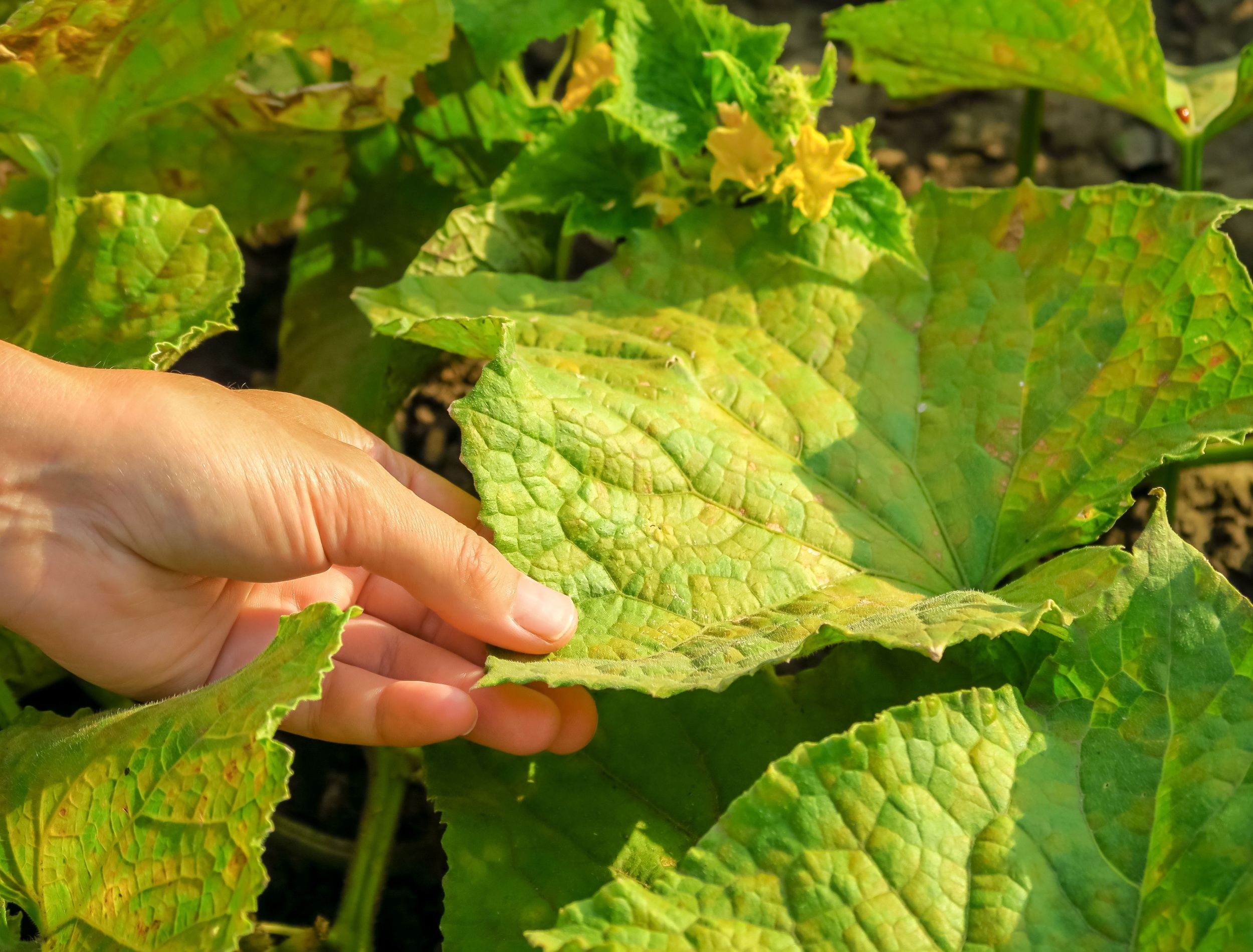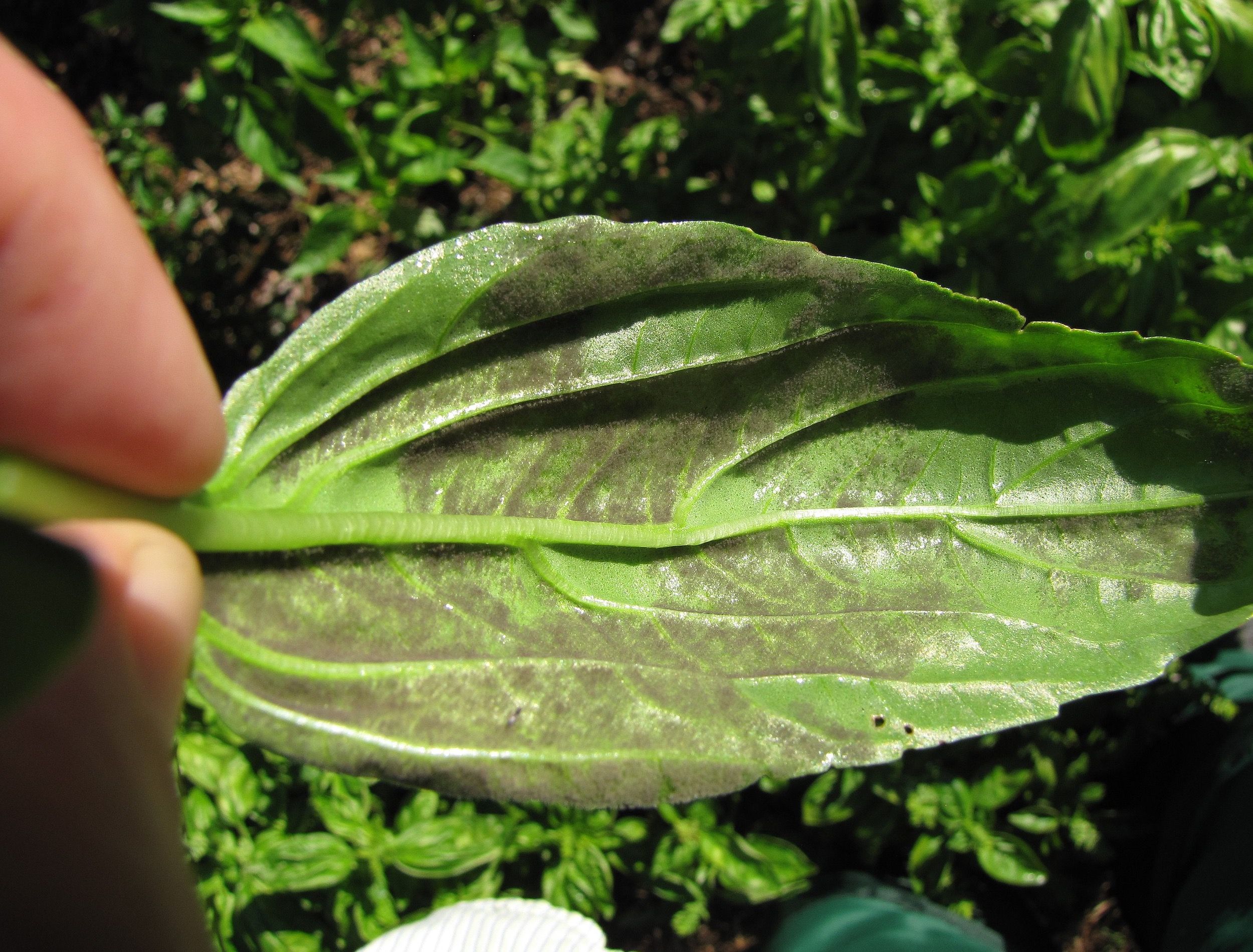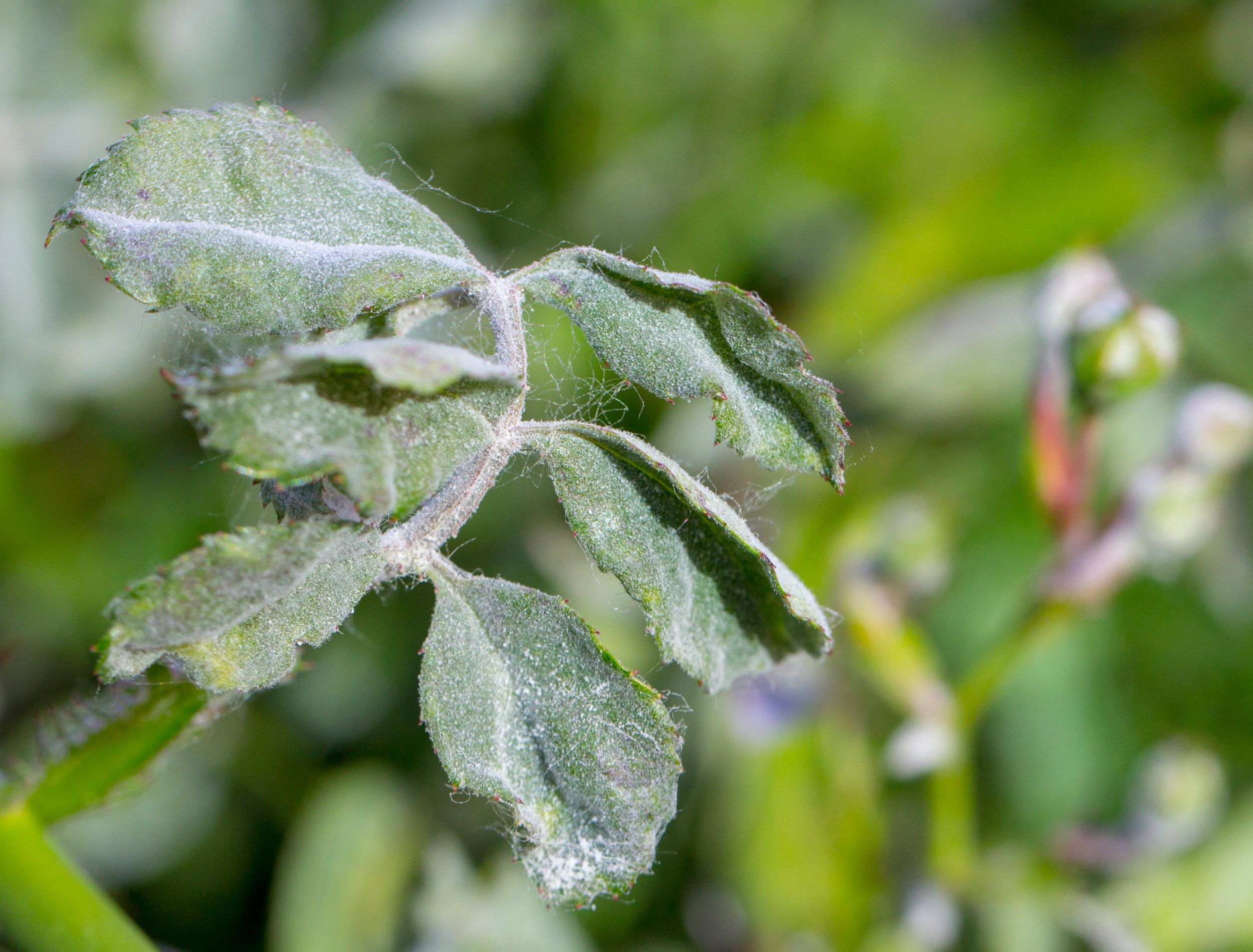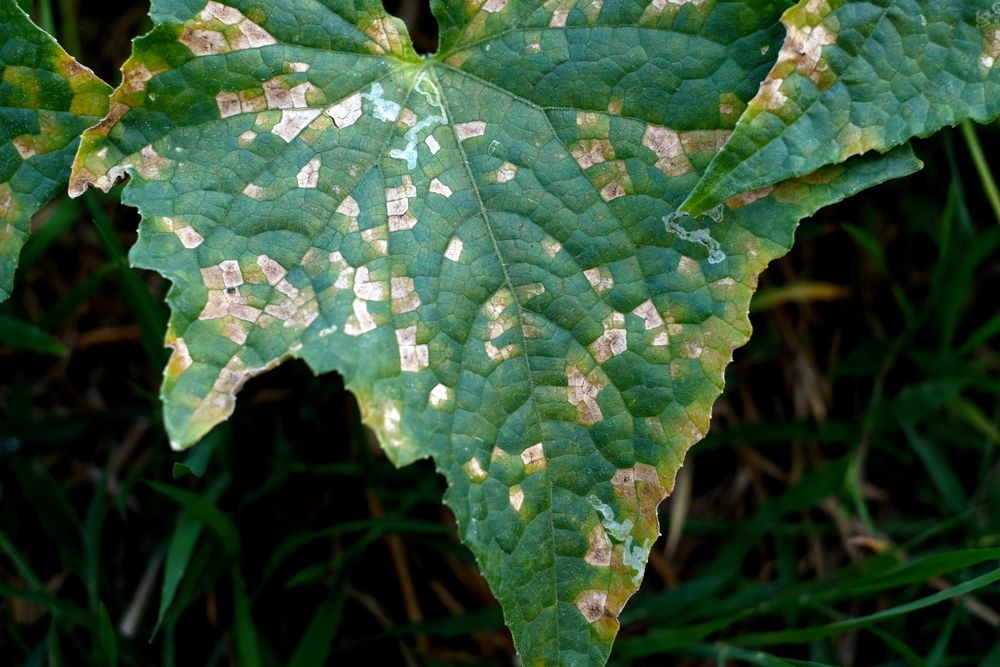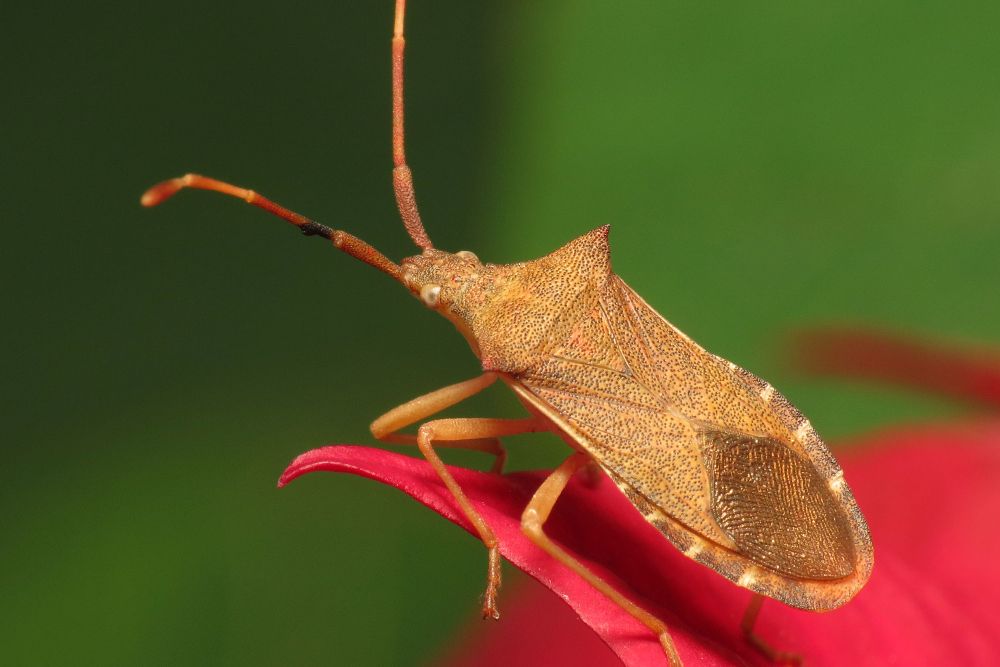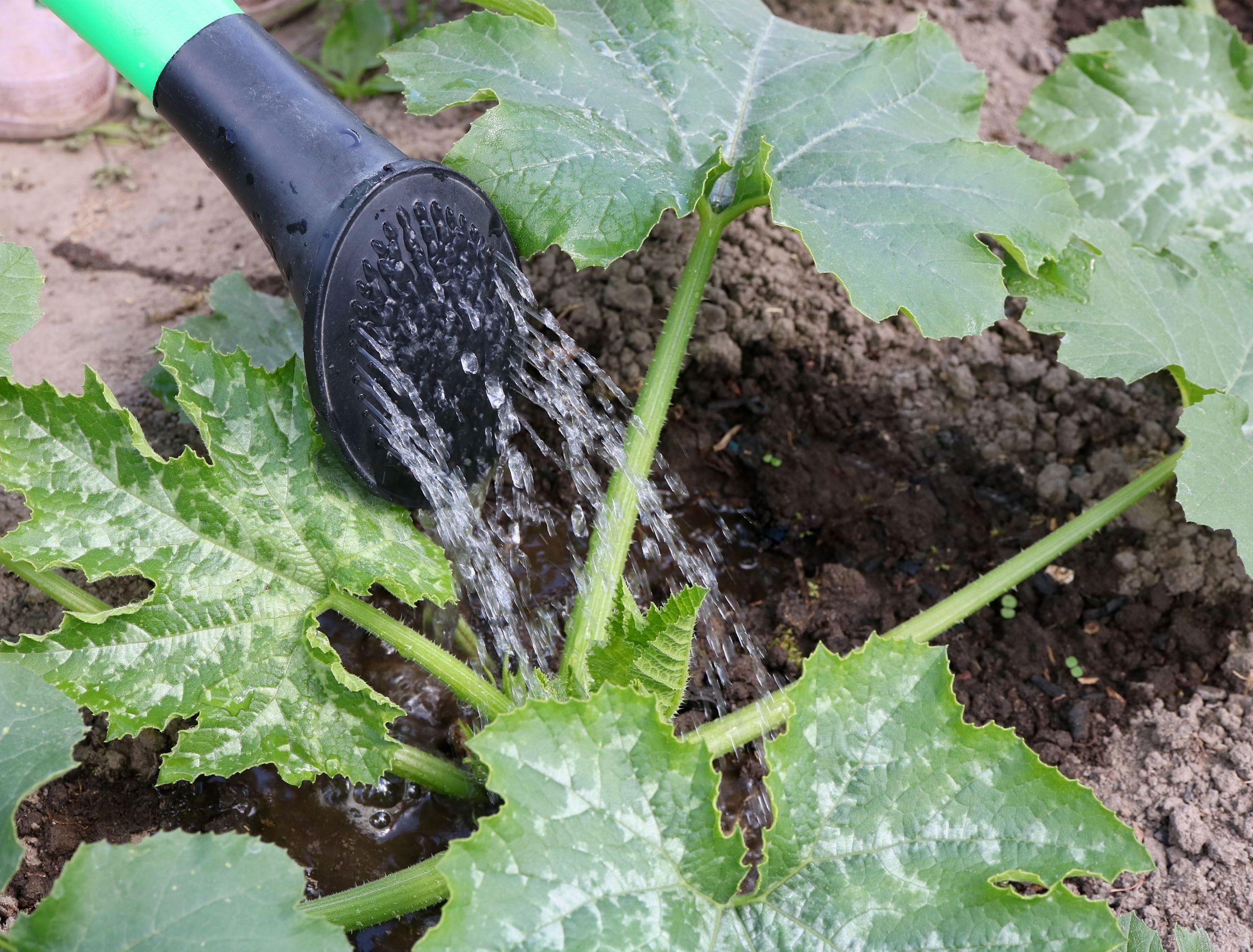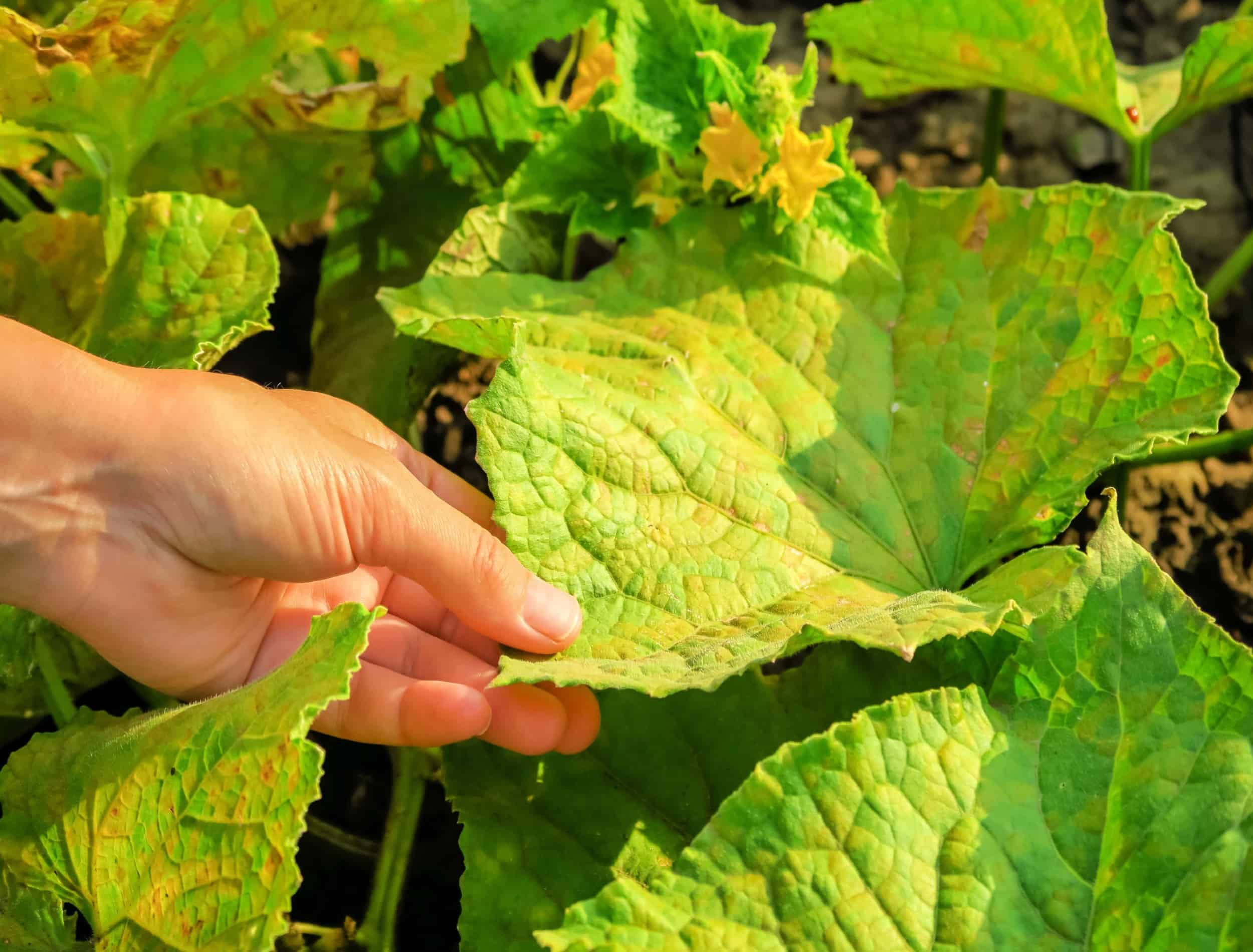Weeding, watering, and mentally preparing yourself for the months of hard work ahead. Cucumbers are a popular vegetable to grow, with their cool and refreshing presence a welcomed addition to many summer salads and dishes. But nothing is more disheartening than checking on your cucumber plants, only to find the leaves have started turning yellow — what gives?
Explore all aspects of what could cause your cucumber leaves to turn yellow, from diagnosis of common garden problems to potential solutions so you can get back on track!
Diseases
If your cucumber leaves are turning yellow, then one of several common plant diseases may be affecting your plants.
Downy Mildew
Downy mildew is caused by fungi in the Pseudoperonospora cubensis genus and produces yellow patches on the tops of the leaves and white or purple patches on the undersides. To help prevent downy mildew, there are a few steps you can take.
First, choose resistant varieties like 'Marketmore 76,' 'DMR 401,' and 'NY 264' when planting cucumbers. Additionally, downy mildew loves humid and warm environments, so water at the base of the plant so the leaves stay dry.
To treat downy mildew, start by removing diseased leaves and disposing them in the trash. Then, use a fungicide to treat the fungus. Finally, to increase air circulation in your garden by pruning and thinning out overcrowded foliage.
Powdery Mildew
You can identify this fungal disease by yellow or brown spots on top of the leaves and a white, powdery coating on the underside, which eventually leads to defoliation and reduced yields.
To help your cucumber plants, rotate your crops to avoid spreading the disease. Doing so helps reduce the chance of infection by introducing new varieties.
Also, moisture from overhead watering provides an ideal environment for powdery mildew. Therefore, switching to drip irrigation or water at the base of your plant to reduce the risk of fungal infections.
Monitor your crops regularly and look for visible signs of disease such as yellowing or brown spots on leaves, wilted foliage, and a white powdery covering on the underside of affected leaves. If you notice powdery mildew, use organic fungicides, such as baking soda, milk, or hydrogen peroxide to help control and prevent it.
Lastly, ensure your plants have enough room to grow. Doing so ensures they get enough air circulation and sunlight, which are both important for preventing powdery mildew.
Cucumber Mosaic Virus
Cucumber mosaic virus (CMV) is a virus that infects your cucumbers and causes yellow or green mottling of the leaves.
It's important to be aware of the signs of CMV, so you take steps to prevent it from taking over your cucumbers. The most common symptom is yellowing of the foliage, followed by mottling, and stunting of growth. If you notice these signs, act quickly to prevent the spread of CMV.
The best way to protect your cucumber plants from CMV is to keep an eye out for pests that may be present in your garden. Aphids are one of the primary transmitters of this virus, so it pays to inspect your plants regularly and take steps to remove or trap them if necessary. You can also spray your cucumbers with an insecticidal soap or neem oil solution as a form of prevention.
It's also important to practice good hygiene when handling infected cucumber plants. Make sure you wash your tools and hands after touching affected foliage and avoid composting these materials since they might introduce the virus into other areas of your garden. Additionally, separate infected plants from healthy ones to help prevent the spread of CMV.
Unfortunately, there is no cure for the cucumber mosaic virus. The best thing you can do is take steps to prevent its spread and keep a close eye on affected plants, so you can remove them from your garden before it spreads.
Pests
Yellow cucumber leaves indicate a problem with your cucumber plants, which could be a symptom of pests in your garden.
Squash Bugs
These small gray or brown pests love to suck on plant sap from cucumber plants, which causes yellowing of the leaves and, if left unchecked, may weaken plants and reduce yield.
Fortunately, there are steps you can take to protect your cucumbers from squash bugs and keep them looking healthy! One way is to use row cover over plants until your cucumber plants flower. Doing so helps prevent adult squash bugs from laying eggs on the undersides of leaves. You should also inspect your garden regularly for egg masses, which look like small brown clusters, on the undersides of foliage. If you find egg clusters, remove them by hand and drop into soapy water to destroy them.
Spider Mites
Spider mites are minuscule creatures that measure only about the size of a period at the end of a sentence. But even though they are small, their damage is quite obvious. Heavy feeding on chlorophyll by these spiders may cause leaf yellowing, browning, and even death. The symptoms usually appear on one side of a plant first, spreading to other parts if left unchecked. Another sign to watch for is webbing. This is a telltale sign that spider mites have made themselves at home.
To prevent or get rid of spider mites, water your cucumber plants well and keep them from becoming water-stressed, as this makes them prone to spider mite infestations. You can use an insecticidal soap or oil to kill the existing pests off.
Environmental Issues
If your cucumber leaves are turning yellow, it could be because of environmental issues that are impacting the health of the plant. Yellowing cucumber leaves may indicate a range of things, from too little water to nutrient deficiencies in the soil. Knowing what caused this issue and how to fix it is essential for maintaining a thriving garden.
Watering Habits
Cucumbers require a lot of moisture to thrive, and when the soil is too dry, the plants cannot absorb the water and nutrients they need. If your cucumbers are showing signs of dehydration, such as cripsy or wilting leaves, there are some simple steps you can take to get them healthy again.
The first step is to check your cucumbers are receiving adequate amounts of water. Depending on the climate, this could mean watering every seven days or more frequently during periods of hot weather. A good rule of thumb is to give your cucumbers 1 inch of water per week.
It's also important to ensure you are not overwatering your cucumbers. Too much moisture causes root rot and leads to yellowing leaves. Ensure your plants have adequate drainage or invest in a drip irrigation system to help give your plants the right amount of water.
Potassium Deficiency
Lastly, another possible cause of leaf yellowing is potassium deficiency. A lack of this essential mineral in the soil may lead to yellowing and cupping of older cucumber leaves. Potassium helps regulate several metabolic processes within plants, so it's important your cucumbers are getting enough of it.
To prevent potassium deficiency in your cucumbers, fertilize them with a 5-10-10 fertilizer. Do so one week after your plant blooms, and every three weeks after. Careful to not overfertilize, as this may cause stunted fruit. Always read the instructions on the package carefully.
The Mystery of the Yellowing Cucumber Leaves
Yellow leaves on your cucumbers doesn't have to mean the end of your garden dreams! With some detective work and a little bit of elbow grease, there's usually a simple solution! When it comes to cucumber gardening, knowledge is key. Take the time to learn more about how best to care for your precious plants, so you ensure their success and keep producing delicious veggies for years to come!
And don't forget to share this info with your family and friends — after all, who wouldn't appreciate fresh produce from their very own backyard?

